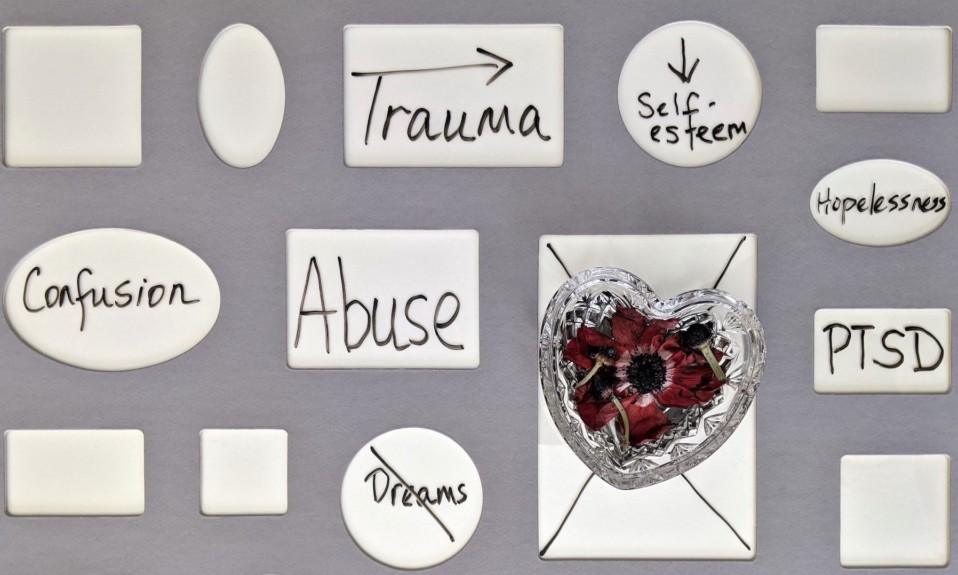By Katherine Green, David O. Avruch and Wendy E. Shaia
Back in the bad old days, substance use disorders implied a deficiency in morality. There was a flaw in your character, the thinking went, which is the reason you were weak enough to fall prey to addiction. Certainly, lots of people still think this way. But a sea change occurred in the realm of public policy when the Affordable Care Act was passed in 2010. For the first time, treatment for substance use disorders was defined as an “essential health benefit” and, as a result, access to rehab, IOP and substitution therapy expanded dramatically. In this way, Obamacare symbolized a shift away from the “moral failure” theory of addiction and an embrace of the notion of addiction as biomedical illness. This marked a great leap forward in how we understand and address the problem of addiction in American society.
Still, many of us who provide services to individuals struggling with substance use disorders understand that even a biomedical theory fails to tell the whole story of why people become dependent on drugs and alcohol. Imagine, for example, a client who grew up in foster care. Data has shown that “aging out” of foster care comes with a disproportionate risk of acquiring a substance use disorder, but why? One explanation is, being raised without the love and affection of an attuned caregiver can create a deficiency in the brain’s ability to produce self-soothing endorphins, our natural source of pain relief. Given that heroin and Oxycontin are chemically analogous to endorphins, the experience of attachment trauma and the subsequent desire for relief from suffering could, in turn, increase one’s risk of a problematic relationship with opioid narcotics. In other words, taking drugs provides comfort, which can’t be accessed relationally or internally. Have you ever heard an opioid user compare their high to the feeling of a warm hug?
The Impact of Trauma on Substance Abuse
Acknowledging the influence of trauma on substance use is necessary for making better sense of the origins of America’s substance use crisis. But the next step is just as important: understanding the political origins of trauma itself. We believe that, in many cases, addiction issues and chemical dependency are a consequence of America’s harmful “isms”- white supremacist racism, neoliberal economic policies, and cisgenderheteropatriarchy. What’s more, a clinical focus on trauma’s individual-level experiences and consequences over its system-level origins limits our options for responding to trauma at all levels. Substance use harm will continue if we exclusively address individual pain while ignoring the influence of socially-engineered trauma (SET).
In a recent academic publication, we identified white supremacy, racism, neoliberalism, and cisgender-heteropatriarchy as the primary economic, legal and social systems in America that generate traumatic experiences. Each of these oppressive wheels has resulted in a dismantled welfare state, male-dominated power structures and income inequality at levels not seen in this country since the 1920’s. Racism, neoliberalism and patriarchy are macro-level drivers of microlevel traumas; in other words, socially-engineered traumas.
In fact, opioid misuse as a consequence of trauma exposure is a common thread in the addictions literature. It is well-established that people with substance use disorders suffer from high rates of PTSD. However, the human brain does not differentiate between physical and emotional sources of pain. In other words, it turns out that whether the state took you away from your parents or your body was mangled in a car wreck, exposure to trauma can create vulnerability to addiction. Anecdotally, we can all think of clients we’ve known who misuse substances to manage an experience of chronic pain – physical, psychological or both.
To illustrate, consider a Black woman incarcerated for heroin possession. She is impacted by racially motivated legal policies, known as the War on Drugs, which disproportionately impact communities of color and lead to ballooning prison populations. Informed by neoliberal economic policies, a profit driven carceral system has failed to provide adequate substance use support for prisoners, creating conditions that increase her risk of exposure to physical and sexual violence. If a prisoner identifies as queer or gender nonconforming, their risk for victimization increases further due to homophobia and transphobia, which are key aspects of cisgender-heteropatriarchy. Although the social forces of racism, neoliberalism and patriarchy interact in complex ways, the individual level end result is trauma: of incarceration, violence and/or victimization.
The example above is emblematic of experiences shared by many clients enrolling in substance use treatment. Understandably, service providers often feel inadequate in their abilities to treat addiction as they witness larger systematic wheels operating behind the scenes of treatment. Is this because we are expecting a clinical intervention to treat problems that are better understood within a societal context? Repeating approaches that focus on individual responses to systemic issues is untenable and unworkable.
Opportunity: Expand Socioeducation
One option for service providers who seek to expand the lens of their practice is the use of socioeducation to bring SET into the clinical space. We often refer to medicalized models of care which treat chemical dependency as an individualized illness. These practice models include treating the “disease” of addiction, offering psychoeducation about the impact of long term substance use or detox treatment centers designed to focus on prevention by way of abstinence. And these are valid and important options for clients! Psychoeducation is providing relevant data about specific mental or physical health conditions to clients in an accessible format. It can increase a client’s sense of competence in managing issues and reducing shame associated with a particular diagnosis.
In the same way that psychoeducation helps understanding, we call conversations with clients about SET “socioeducation.” Like psychoeducation, socioeducation is data-reliant. The process is similar: the client describes a problem and the provider, with the client’s permission, shares some of what she knows about that problem. We believe socioeducation increases understanding of relevant social problems and their impact on individual functioning, and ultimately, enhanced awareness of available options for responding to the problem. Specifically, service providers would use socioeducation to help clients explore whether their substance use problems are rooted in experiences of trauma, which may be connected to systems such as racism, patriarchy and/or neoliberalism. In this way, socioeducation can demystify SET, just as psychoeducation about substance use can reduce the self-blame that often accompanies a return to treatment.
For example, when working with a pregnant woman who is taking Buprenorphine during therapy, a social worker can provide socioeducation around the impact of patriarchal, punitive approaches to treatment because traditional addiction programs were developed based on research with men. A next step could be to offer a referral to an advocacy group working to change the state-wide legal responses to substance use while pregnant. In the very same encounter, the client may be offered a referral to a program offering free baby clothes. Both approaches are necessary, and both fall within the ethical purview of substance use treatment. Service providers should be equally equipped for socioeducational as well as psychoeducational interventions in their work with clients.
By identifying the intentional, discriminatory systems causing harm, the client can recognize the impact of external socio-political factors and disarm self-blame. It also becomes the social worker’s responsibility to understand the unique structural and historical issues in their practice community. They can then find ways to weave that history into conversation – the same way that service providers give information about mental health symptomatology into their conversations with clients. These conversations are examples of socioeducational interventions, designed to disrupt individualistic language around trauma by recontextualizing it. Integrating socioeducation with substance use treatment can create opportunities to connect clients to social justice movements. Indeed, political activism can be an important means of healing in community with others who seek to create a better world. Enhancing client options for responding to oppressive macro systems must necessitate connecting clients to grassroots social justice movements. Ultimately, clients may find that healing the wounds of socially-engineered trauma includes performing acts of altruism with and toward others.
In the absence of formalized, federal antidotes to white supremacist racism, neoliberal economic policies, and cisgenderheteropatriarchy, those of us on the ground need to continue our work, while supporting clients to take on larger systems change. Social service workers often see medical professionals cringe when we name larger forces at play outside of personal agency, but we cannot allow this to discourage us. The simple truth is that naming these systems is a moral imperative. It is time we take it seriously.














